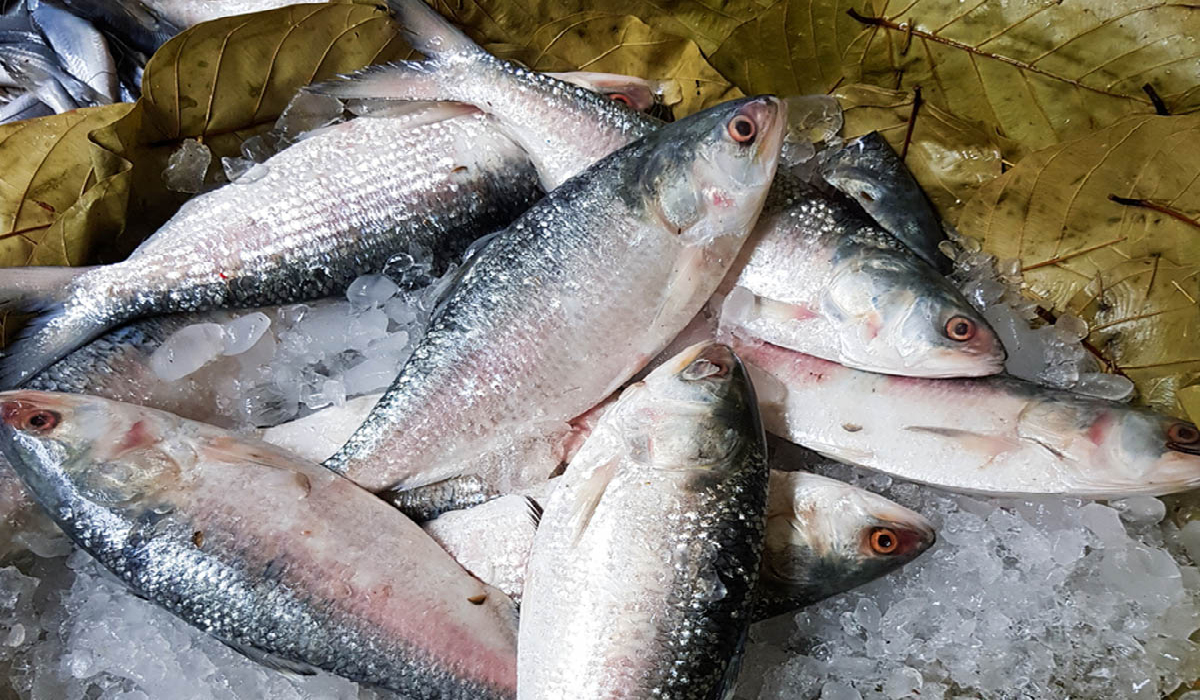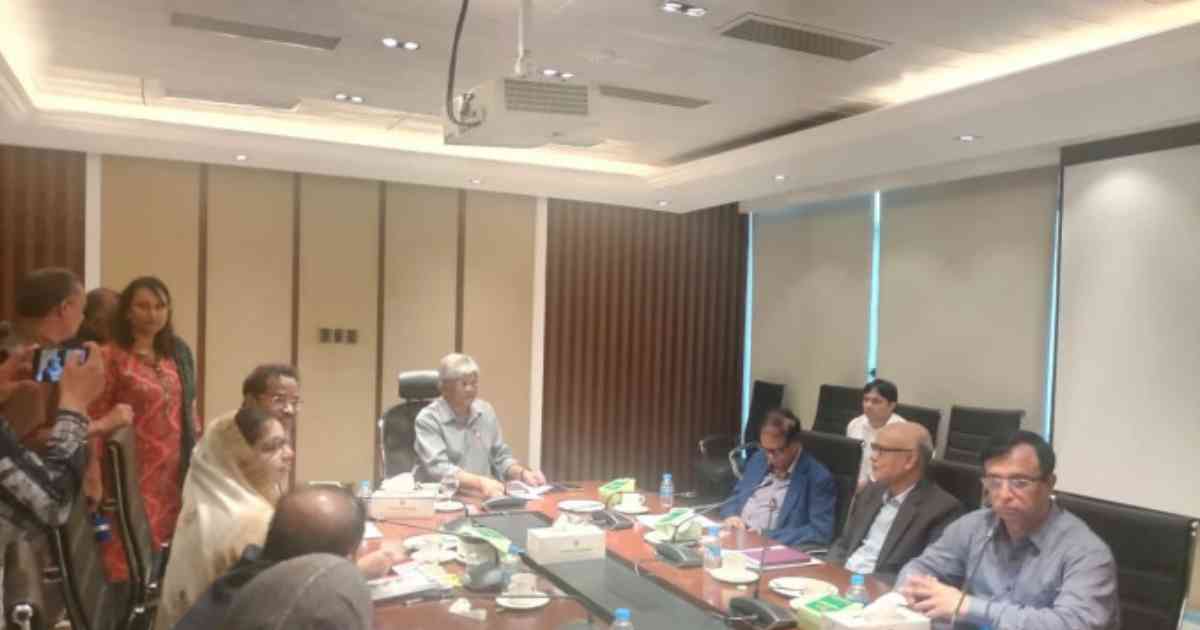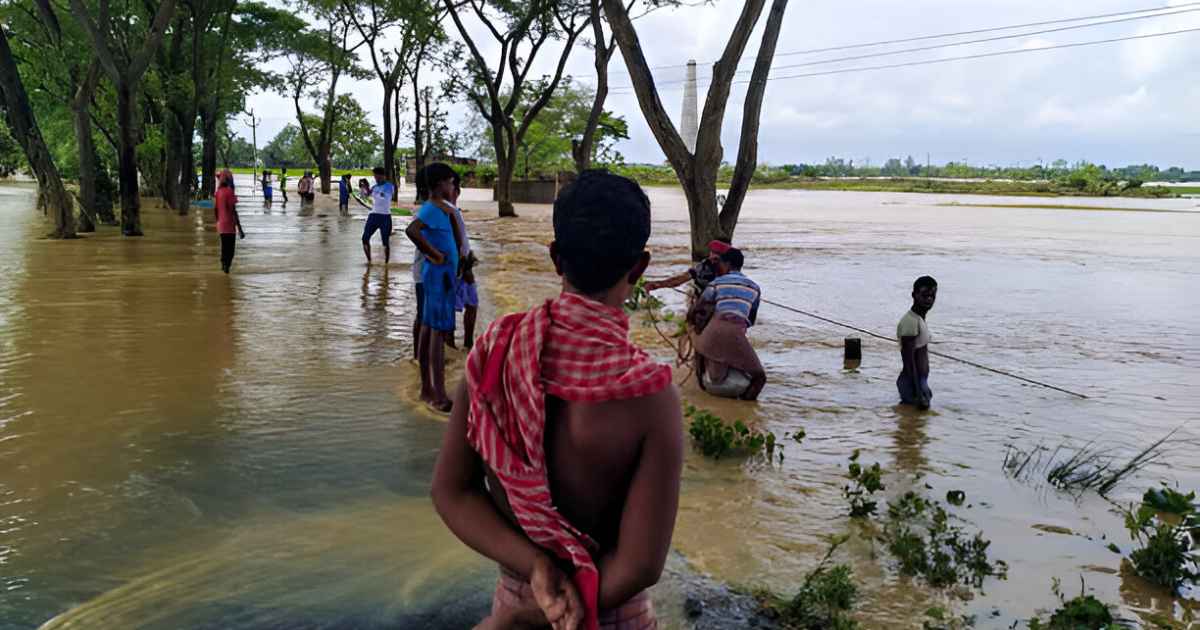Agri Biz
3,000 tonnes hilsa to export in India

Bangladesh will export around 3,000 tonnes of hilsa to India marking upcoming Durga Puja, the biggest religious festival of the Hindu community scheduled to be held next month.
“We have been exporting hilsa continuously for the last three years to India as a goodwill gesture 15-20 days ahead of the Durga Puja festival,” said Commerce Minister Tipu Munshi.
A total of 60 private companies – each to export a maximum of 50 tonnes – got approval from the commerce ministry.
The ministry, however, in its latest order has extended the export timeframe till October 5 instead of the previously scheduled timeframe of September 30 as the government has imposed a 22-day hilsa fishing ban which will start from October 7.
As per the order, the export permits cannot be transferred to other companies nor is any kind of subcontracting allowed. Only authorized organizations will be able to export the hilsa.
Last year, the commerce ministry gave approval to 115 firms to export 4,600 tonnes of hilsa to India against applications from around 200 companies. But only 1,100 tonnes were ultimately exported.
Some 1,450 tonnes were exported to India in 2020 and 18 firms received permission in the year. In 2019, only one trader got permission and it exported 500 tonnes of the fish.
According to the export policy order, the export of hilsa from Bangladesh is banned. However, every year before Durga Puja, a large number of exporters of the country apply to the Ministry of Commerce for permission to send hilsa to India.
After halting the hilsa export to India for seven years, the ministry allowed a certain amount of hilsa exports to India conditionally before the Durga Puja in 2019.
However, the government stopped the export in 2012 after West Bengal Chief Minister Mamata Banerjee opposed the Teesta water-sharing agreement.
In 2015, when Mamata Banerjee visited Bangladesh and requested Prime Minister Sheikh Hasina to export hilsa to India, the latter replied, “Hilsa will go if Teesta water comes.”
Later in 2019, the government resumed the hilsa export to its neighbour.

Agri Biz
Adviser Dr. Salehuddin Ahmed: Govt Committed to Controlling Commodity Prices

Adviser to the Ministries of Finance and Commerce, Dr. Salehuddin Ahmed, emphasized today that the prices of commodities are closely linked to production and supply, and assured that the government is fully aware of the necessary steps to control these prices.
“We are very conscious of issues related to trade and commerce. My colleague, Dr. Wahiduddin Mahmud, who oversees the Ministry of Planning, is also focused on these matters. We are accustomed to handling such challenges,” Dr. Salehuddin remarked in response to reporters’ questions at the Ministry of Finance in Bangladesh Secretariat.
Earlier in the day, Dr. Salehuddin met with Edimon Ginting, the Country Director of the Asian Development Bank (ADB), at his office in the Economic Relations Division (ERD).
He noted that the government is also attentive to the impacts of imported inflation, stressing that only essential goods should be imported. “We must ensure that the additional burden on the general population is minimized and work to further reduce existing pressures,” he added.
Dr. Salehuddin also mentioned that the central bank governor is well-informed about the causes of rising inflation, which is why strict market monitoring is in place.
Addressing another question, he mentioned that the Bangladesh Bank Governor is actively managing the issue of increasing foreign currency reserves, and this topic will be raised in the upcoming annual meetings of the World Bank and the IMF.
When asked about the outcomes of his meeting with the ADB, Dr. Salehuddin expressed that development partners, particularly the World Bank and ADB, remain positive about continuing their operations in Bangladesh. He noted that the ADB and other partners have assured him of their ongoing cooperation in the development sector.
He further highlighted that the development partners are eager to advance pipeline projects in alignment with the government’s priorities.
Regarding the possibility of delaying Bangladesh’s graduation from Least Developed Country (LDC) status beyond 2026, Dr. Salehuddin acknowledged the complexity of the issue, noting that it involves various conditions and the involvement of multiple agencies, including the Ministry of Finance, Ministry of Commerce, and the National Board of Revenue (NBR). He assured that the government is closely monitoring the developments.
When asked about the demands from government employees for ration provisions, Dr. Salehuddin stated that both public and private sector employees are equally important, emphasizing the government’s priority to ensure that everyone can lead a decent life. “We are committed to ensuring that everyone benefits equally,” he said.
On his new responsibilities with the Ministry of Commerce, Dr. Salehuddin underscored the importance of local and international trade as key pillars of the economy. He assured that the government would strive to create a business-friendly and corruption-free environment in all business operations.
Recognizing the significant role of trade, commerce, and the supply chain in curbing inflation, Dr. Salehuddin promised prompt government action to address these issues.
He also mentioned plans to meet with the Ministry of Commerce and its subordinate bodies to tackle pressing matters. “You can be assured that I will do my utmost and take necessary steps swiftly,” he concluded.
Agri Biz
Prices of daily essentials to come down gradually: Finance adviser

The prices of daily essentials will come down gradually, Finance and Planning Adviser Dr Salehuddin Ahmed said today (14 August).
“Common people will get relief to some extent. But it can’t be said that the prices will decrease overnight,” he told reporters at the conference room of the Finance Ministry.
Responding to a question about syndicate in the market, he said, “There is nothing that has not come to our notice, I have some ideas, the governor also knows about it.
“The secretaries here are also very experienced and I told them that you will tell me everything without fear.”
Asked if any step will be taken regarding corruption, he said, “There was no discussion on the issue today.”
Responding to another question he said, “Action against corruption is an ongoing process, some processes need to be followed to punish someone. Some measures and action have already been taken.”
Responding to a question about the specific instructions given today, the finance adviser said the Industries and Agriculture ministries will do whatever needs to be done in the field of production, such as fertiliser supply and market management.
Agri Biz
Remal Ravages Crops in Khulna Agricultural Zone, Losses Estimated at Tk 180.24cr

Cyclone Remal has inflicted severe damage on crops across 45,590 hectares of land in the Khulna agricultural zone, causing losses worth Tk 180.24 crore, as reported by the Directorate of Agricultural Extension (DAE) in Khulna.
According to Mohon Kumar Ghosh, Additional Director of the DAE Khulna Zone, 44,148.95 hectares of farmland suffered partial damage, while 1,450.90 hectares were completely destroyed in the four affected districts: Khulna, Bagerhat, Satkhira, and Narail.
In Khulna district, Cyclone Remal affected 3,565.65 hectares of cropland belonging to 13,796 farmers, resulting in losses estimated at Tk 42.98 crore. Bagerhat district witnessed damage to 12,611.50 hectares of cropland from 39,465 farmers, with losses amounting to Tk 97.36 crore. In Satkhira, 659.7 hectares of cropland owned by 12,156 farmers were affected, incurring losses of Tk 24.42 crore. Narail saw damage to 28,763 hectares of cropland from 8,620 farmers, with estimated losses of Tk 15.47 crore.
Speaking to BSS, Mohon Kumar Ghosh highlighted the extensive damage caused by Cyclone Remal to the southern coastal areas, particularly croplands. The affected crops include jute, Aush seedbed, aush cultivated land, groundnut, chili, bona Aman, ginger, turmeric, summer melon, litchi, mango, papaya, betel nut, sugarcane, banana, winter maize, sesame, and various Kharif season vegetables such as tomato, mung bean, and banana.
Following directives from Prime Minister Sheikh Hasina, efforts are being made to support the affected farmers. “We are working tirelessly to help the helpless farmers recover their losses,” Ghosh said, adding that the government is providing incentives and regular counseling and supervision at the field level to aid recovery.
In the coming months, the affected farmers will continue to receive various forms of government support to mitigate the impact of Cyclone Remal.


You must be logged in to post a comment Login